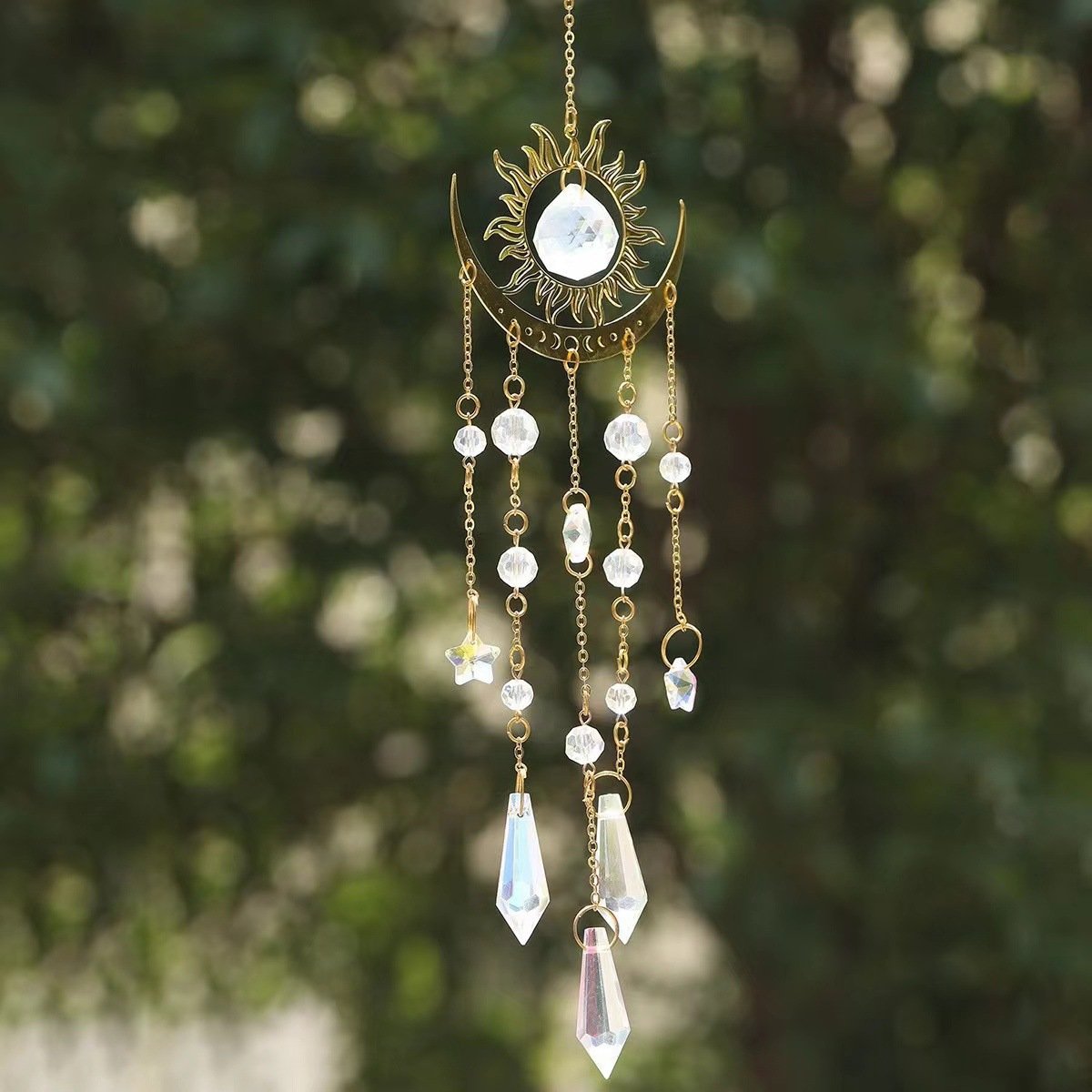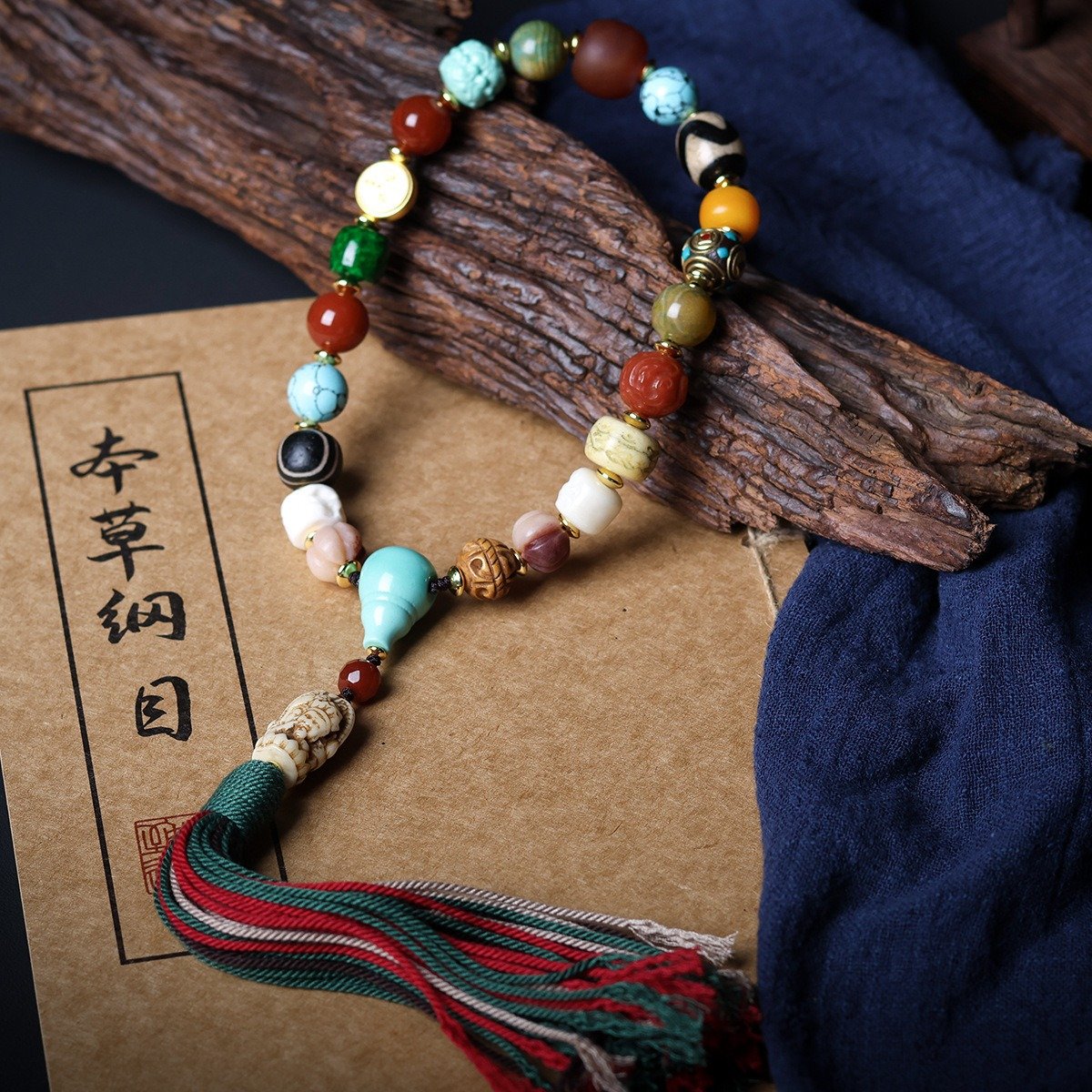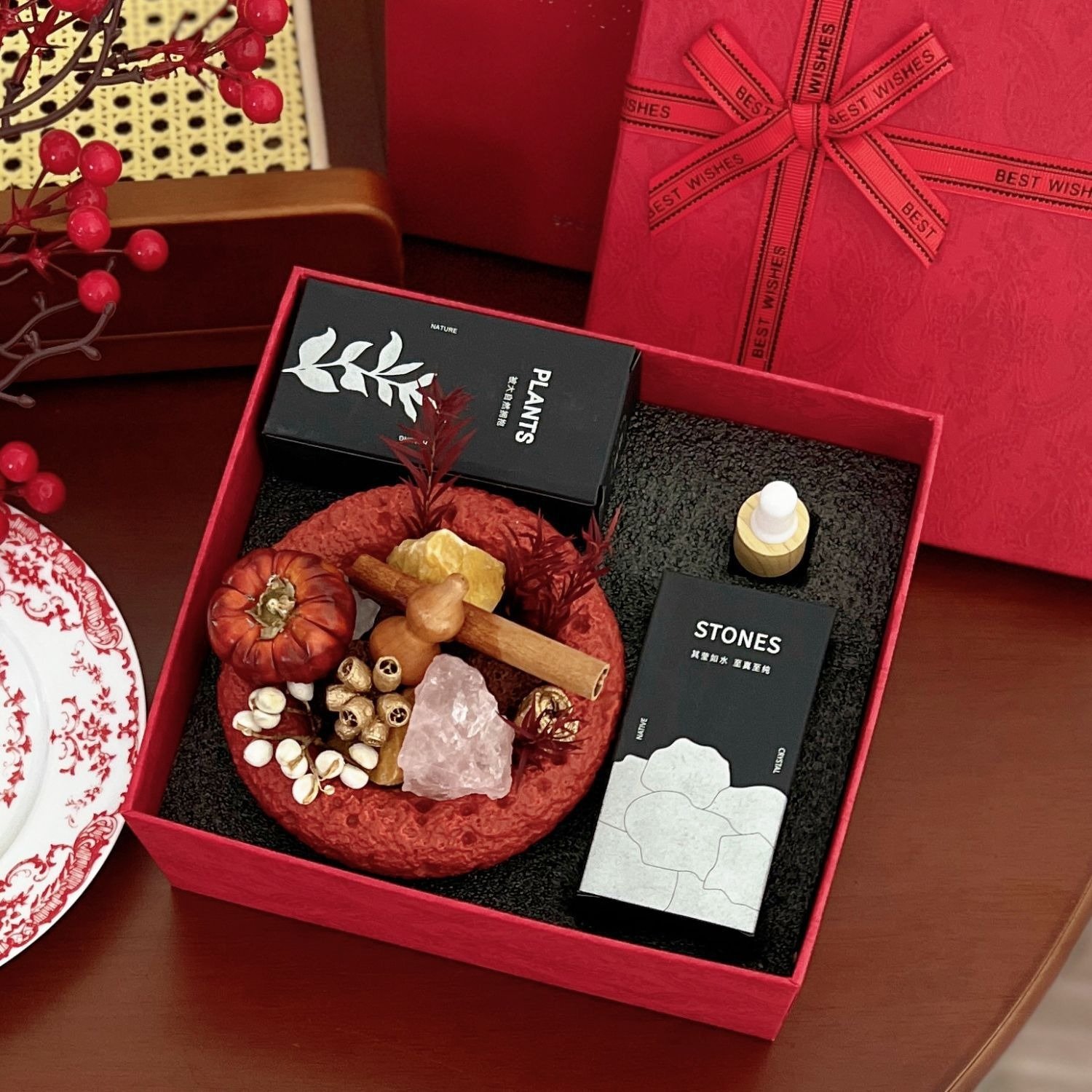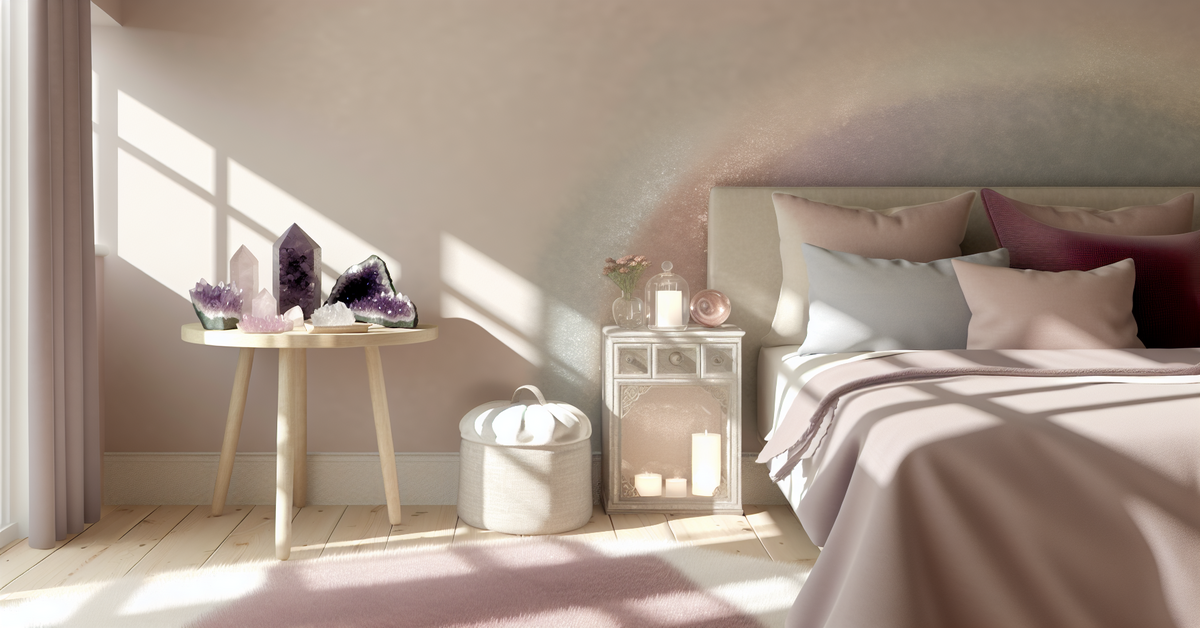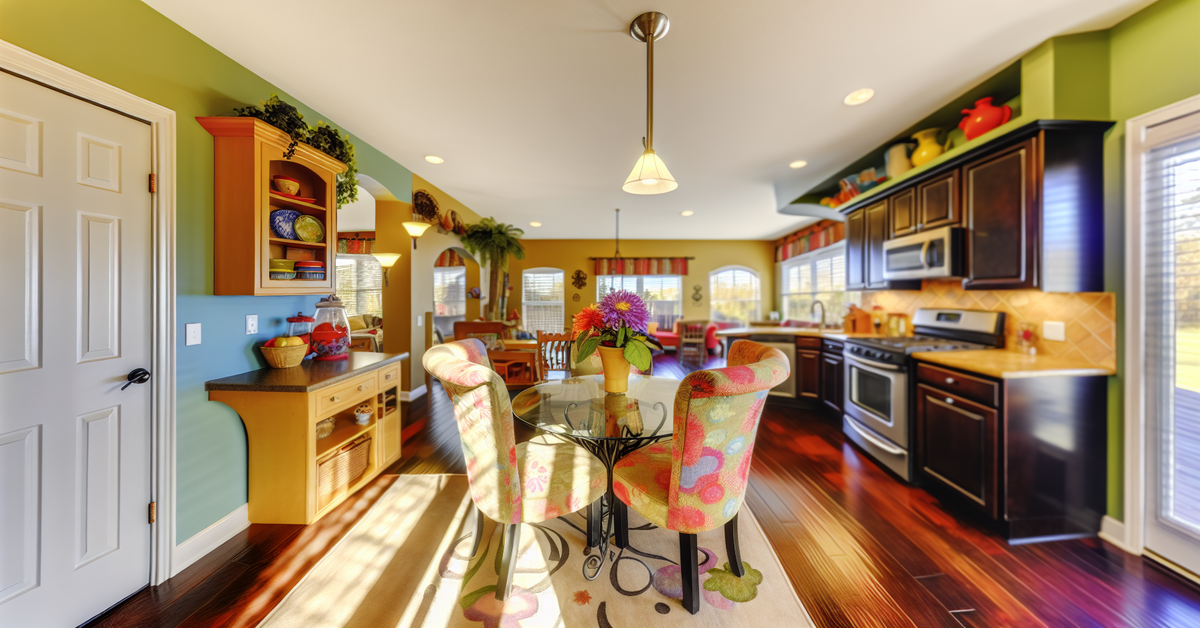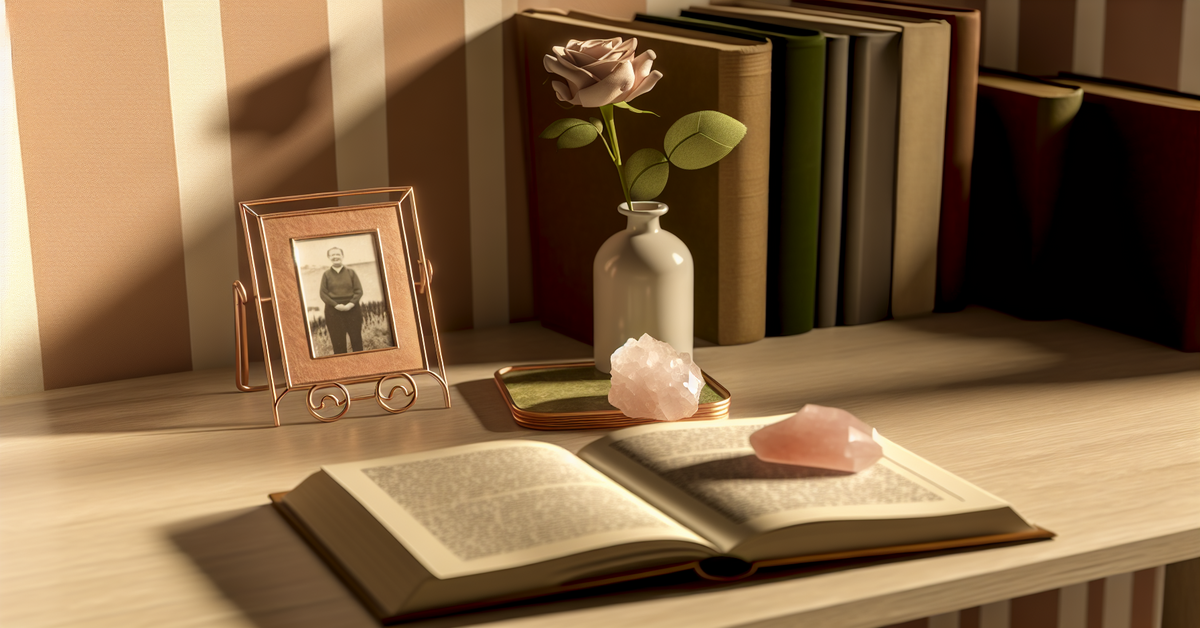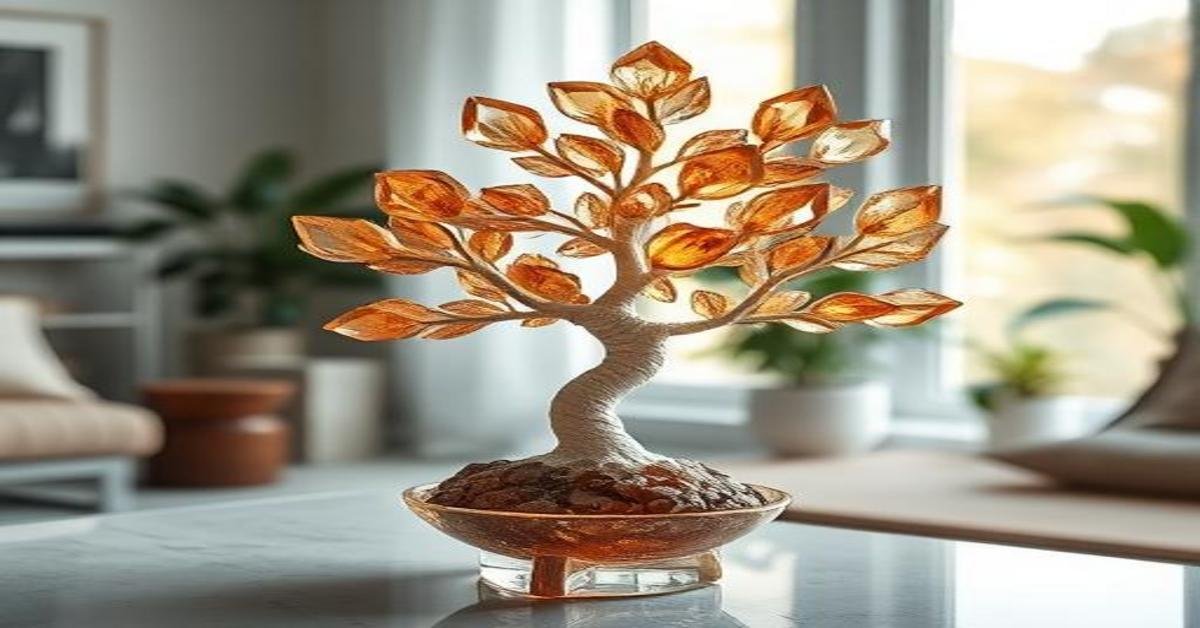The Role of Colors in Feng Shui: Choosing the Right Palette for Your Home
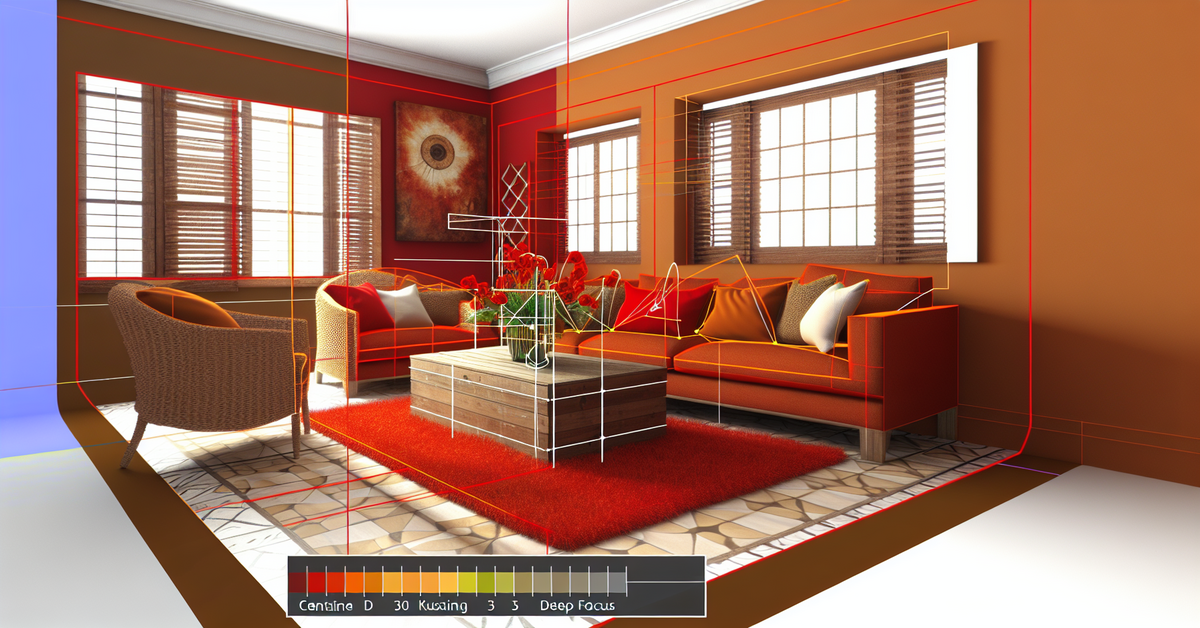
Color has a profound impact on the energy and ambiance of a space. In Feng Shui, choosing the right home color palette is crucial for maintaining energy balance and creating a harmonious environment. Colors influence our emotions, moods, and even productivity, making them a key consideration for anyone looking to enhance their living space with Feng Shui decor. Whether you want to promote relaxation, boost motivation, or invite prosperity, understanding the role of colors in Feng Shui can help you make thoughtful design choices.
Symbolic Meanings of Colors in Feng Shui
Each color in Feng Shui carries a specific energy and purpose. Aligning your home’s palette with these symbolic meanings can help balance your environment and improve overall well-being.
- Red: A powerful and energetic color associated with passion, luck, and vitality. In Feng Shui, red is often used to attract prosperity and strengthen relationships. However, too much red can feel overwhelming, so it’s best used as an accent.
- Blue: A calming and soothing color linked to relaxation and contemplation. Light blue is great for bedrooms and spaces meant for stress relief, while darker blues enhance wisdom and self-reflection.
- Green: Representing growth, renewal, and harmony, green connects to nature and promotes emotional and physical healing. It’s ideal for adding a fresh, balanced feel to any room.
- Yellow: This uplifting and cheerful color symbolizes warmth, optimism, and mental stimulation. It works well in kitchens and dining areas to encourage conversation and appetite.
- White: Signifying purity and clarity, white enhances focus and serenity. It’s a great choice for minimalist spaces but should be balanced with warmer tones to prevent a sterile atmosphere.
- Purple: A luxurious and spiritual color that enhances creativity and wisdom. It’s best used in moderation, as excessive purple may feel too intense for a home setting.
- Black: Representing depth and introspection, black adds sophistication when used correctly. It should be used sparingly to avoid making a space feel heavy or closed off.
- Brown: A grounding and stabilizing color that promotes security and reliability. It’s perfect for living rooms and offices, helping establish a balanced foundation.
Choosing Feng Shui Colors Based on Room Function
The function of each room plays a vital role in selecting the right Feng Shui colors. Here are some recommendations based on the type of space and the energy you wish to cultivate:
Living Room
The living room is a place for social interaction and relaxation. Warm neutrals like beige and soft earth tones create a welcoming feel, while pops of red or orange can encourage lively conversations and energy.
Bedroom
Since the bedroom is a sanctuary for rest and intimacy, calming shades such as light blue, soft green, or gentle lavender are best. Avoid overly bright or energetic colors like red or neon tones, which can be too stimulating for sleep.
Kitchen and Dining Area
Kitchens benefit from warm and inviting colors like yellow, soft orange, or off-white, which encourage nourishment and togetherness. Red, symbolizing appetite stimulation, can be used sparingly in decor elements.
Home Office
For productivity, shades of green and blue are ideal, as they enhance focus, creativity, and clarity. Adding a touch of yellow can also provide a boost of inspiration.
Bathroom
White and light shades of blue or green work well in bathrooms, as they evoke a sense of cleanliness and renewal. However, balancing these colors with warm accents (such as wooden decor) prevents a space from feeling too cold.
Real-Life Examples: Transforming Spaces with Feng Shui Colors
Many homeowners have successfully transformed their living environments by adjusting color palettes based on Feng Shui principles. Here are a few examples of how mindful color choices have improved home energy:
- A couple added soft blue tones to their bedroom and noticed improved sleep quality and a more peaceful atmosphere.
- A small business owner painted their home office green and found that their concentration and productivity significantly increased.
- A family introduced warm earth tones in their living room, making social gatherings feel more comfortable and inviting.
By paying attention to color choices and incorporating the right shades into each space, these homeowners successfully enhanced the energy flow and functionality of their living areas.
Final Thoughts: Designing a Home with Intention
Color is not just about aesthetics—it carries energy that affects how we feel and interact within a space. By thoughtfully incorporating Feng Shui colors into your home color palette, you can align your decor with your personal goals, enhance energy balance, and create an atmosphere that nurtures well-being.
Whether you’re looking to boost harmony, invite prosperity, or simply create a more peaceful environment, understanding how color impacts Feng Shui can help you achieve a more balanced and fulfilling home. Start small with accent colors or go bold with a full-room transformation—either way, your home should reflect the energy you wish to attract.


